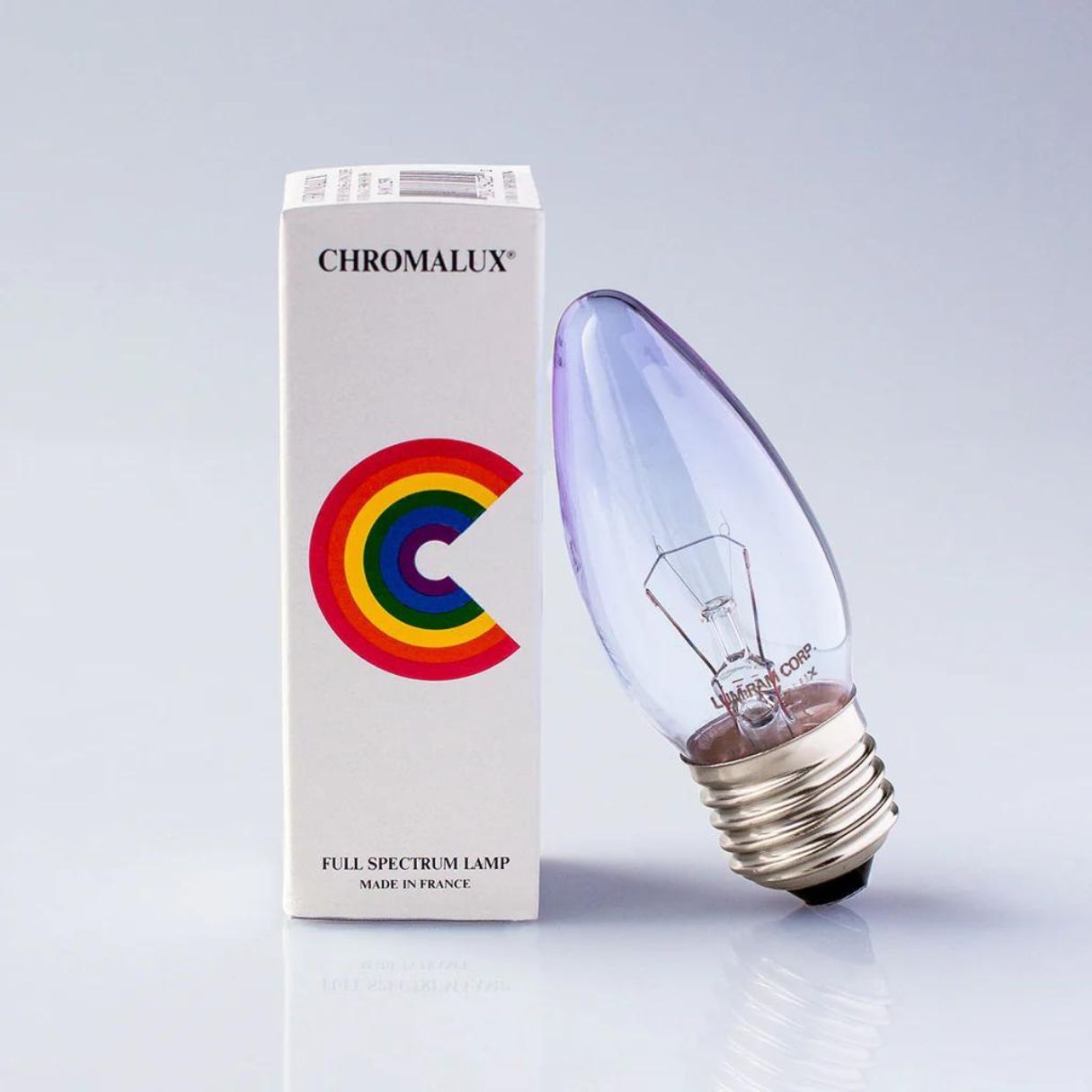

Articles
What Is A Full Spectrum Light Bulb
Modified: January 18, 2024
Discover the benefits of using full spectrum light bulbs. Read our informative articles on how full spectrum lighting can improve your mood and enhance productivity.
(Many of the links in this article redirect to a specific reviewed product. Your purchase of these products through affiliate links helps to generate commission for Storables.com, at no extra cost. Learn more)
Introduction
Light plays a vital role in our daily lives, affecting our mood, productivity, and overall well-being. While natural sunlight is the best source of light, it may not always be accessible, especially in enclosed spaces. This is where full spectrum light bulbs come into play. In recent years, these light bulbs have gained popularity for their ability to mimic natural sunlight and provide a wide range of benefits to users.
In this article, we will explore the concept of full spectrum light bulbs, how they work, their benefits, common applications, potential side effects, and how to choose the right full spectrum light bulb for your needs.
So, let’s dive in and shed some light on the fascinating world of full spectrum light bulbs!
Key Takeaways:
- Full spectrum light bulbs closely mimic natural sunlight, offering benefits such as improved mood, enhanced productivity, and better color perception. They are versatile and ideal for various settings, from homes to offices and art studios.
- When choosing full spectrum light bulbs, consider factors like color temperature, CRI, wattage, and dimmability to ensure a satisfying lighting experience. Be mindful of potential side effects, but enjoy the benefits of natural lighting indoors.
Read also: 9 Amazing Full Spectrum LED Bulb for 2025
Definition of Full Spectrum Light Bulb
A full spectrum light bulb is a type of light bulb that emits light across the entire spectrum of visible light, similar to natural sunlight. Unlike traditional incandescent or fluorescent bulbs that emit a limited range of colors, full spectrum light bulbs are designed to replicate the full spectrum of natural light, including all the colors and wavelengths that make up sunlight.
These bulbs are often referred to as “full spectrum” because they produce a balanced and continuous spectrum of light that closely matches the quality of natural daylight. They are designed to provide a more accurate representation of colors, improve visual clarity, and create an atmosphere that mimics being outdoors.
Full spectrum light bulbs typically have a color temperature of around 5000-6500 Kelvin, which is similar to daylight. This temperature range is considered to be in the “cool white” category and is ideal for tasks that require accurate color perception, such as reading, painting, or working with intricate details.
It is important to note that full spectrum light bulbs are different from other types of specialty bulbs, such as UV lights or grow lights. While these bulbs also emit light across a wide spectrum, they are designed for specific purposes like tanning or promoting plant growth. Full spectrum light bulbs, on the other hand, are primarily intended for human use and replicating the benefits of natural sunlight.
Now that we have a clear understanding of what defines a full spectrum light bulb, let’s explore how they work to create their unique lighting effects.
How Full Spectrum Light Bulbs Work
Full spectrum light bulbs work by utilizing a combination of phosphors and multiple light-emitting diodes (LEDs) to produce a wide range of colors and wavelengths. These bulbs are carefully designed to emit light that closely resembles the spectrum of natural sunlight.
One of the key components in full spectrum light bulbs is phosphors. Phosphors are substances that, when stimulated by energy, emit light. In full spectrum bulbs, phosphors are coated onto the surface of the LEDs. When the LEDs are activated, they emit short wavelength light that excites the phosphors, causing them to emit a broad spectrum of colors. This process helps to mimic the various colors and wavelengths present in natural daylight.
In addition to phosphors, the selection and arrangement of different types of LEDs are critical in creating a full spectrum of light. LEDs are small electronic devices that convert electrical energy into visible light. By using multiple LEDs that emit different colors, full spectrum bulbs can produce a balanced combination of red, green, and blue light, which together create a white light similar to natural sunlight.
To further enhance the quality of the light emitted, full spectrum bulbs often incorporate a color rendering index (CRI) of 90 or above. The CRI is a measurement of how accurately a light source represents the true colors of objects compared to natural light. A CRI of 100 indicates perfect color rendering, while a higher CRI signifies better color accuracy.
By carefully engineering the combination of phosphors, LEDs, and CRI, full spectrum light bulbs are able to provide a lighting experience that closely mimics natural sunlight, as well as offer a multitude of benefits for users.
Now let’s move on to exploring the various benefits of using full spectrum light bulbs.
Benefits of Full Spectrum Light Bulbs
Full spectrum light bulbs offer a wide range of benefits, making them a popular choice for various applications. Let’s take a closer look at some of the key advantages:
- Improved Mood and Well-being: Exposure to full spectrum light has been found to positively impact mood, reducing symptoms of depression and anxiety. This is especially beneficial during the darker winter months or for individuals who spend a significant amount of time indoors.
- Enhanced Productivity and Focus: Full spectrum light can help increase alertness, improve focus, and boost productivity. It stimulates the brain, promotes mental clarity, and reduces eye strain, making it ideal for workspaces, offices, and study areas.
- Natural Light Simulation: Full spectrum light bulbs closely mimic natural sunlight, providing a more visually pleasing and authentic lighting experience compared to traditional bulbs. They create a warm and inviting atmosphere that can replicate the feeling of being outdoors, even when you are indoors.
- Better Color Perception: Full spectrum light closely resembles daylight, enabling better color perception and accuracy. This is particularly valuable for artists, designers, and anyone working with color-sensitive tasks, as it allows for more precise color matching and differentiation.
- Support for Plant Growth: Full spectrum light bulbs can also be used to support indoor plant growth. The broad spectrum of light they emit promotes photosynthesis and provides plants with the necessary light energy needed for healthy development.
It’s important to note that while full spectrum light bulbs offer numerous benefits, they should be used in moderation and in combination with other healthy lifestyle practices, such as getting regular exposure to natural sunlight, maintaining a balanced diet, and practicing good sleep habits.
Now that we understand the advantages of using full spectrum light bulbs, let’s explore some of the common applications for these versatile lighting solutions.
When choosing a full spectrum light bulb, look for one that has a color temperature of around 5000-6500K to mimic natural daylight and provide a balanced spectrum of light.
Common Applications of Full Spectrum Light Bulbs
Full spectrum light bulbs have a wide range of applications and can be used in various settings. Here are some common areas where these bulbs are frequently utilized:
- Home Lighting: Full spectrum light bulbs can be used in residential spaces to create a more natural and comfortable lighting environment. They can be installed in living rooms, kitchens, bedrooms, and other areas where a bright and balanced light is desired.
- Office and Workspaces: Full spectrum light bulbs are beneficial in office settings as they promote productivity, enhance concentration, and reduce eye strain. They are particularly useful in areas where detailed work, such as reading, writing, or designing, is performed.
- Art Studios: For artists, full spectrum light bulbs are a popular choice as they provide a clear and accurate representation of colors. Whether for painting, sculpting, or any other artistic endeavors, these bulbs help artists achieve better color perception and ensure their work appears as intended.
- Photography and Videography: Full spectrum light bulbs are widely used in photography and videography studios to create professional lighting setups. Their ability to replicate natural sunlight allows for better color accuracy and overall quality in capturing images and videos.
- Indoor Gardening: Full spectrum light bulbs are commonly employed in indoor gardening setups, such as hydroponic systems or indoor greenhouses. They provide the spectrum of light necessary for healthy plant growth, making them ideal for growing a variety of plants, including flowers, herbs, and vegetables.
- Sunlight Therapy: Due to their ability to mimic natural sunlight, full spectrum light bulbs are also used in sunlight therapy lamps. These lamps are often used to treat conditions like seasonal affective disorder (SAD) or to enhance vitamin D production in individuals who have limited access to natural sunlight.
It’s important to choose the right type of full spectrum light bulb for your specific application and needs. To do so, let’s explore some key factors to consider when selecting a full spectrum light bulb.
Now, let’s move on to discussing the potential side effects of using full spectrum light bulbs.
Potential Side Effects of Full Spectrum Light Bulbs
While full spectrum light bulbs offer numerous benefits, it’s important to be aware of potential side effects that may occur, although they are relatively rare and often mild. Here are a few side effects to keep in mind:
- Eye Strain: Excessive exposure to bright full spectrum light can lead to eye strain, dryness, or discomfort. It’s important to ensure proper lighting levels and take regular breaks to rest your eyes, especially when performing tasks that require prolonged focus.
- Disrupted Sleep: Full spectrum light, particularly in the evening or night, may interfere with the body’s natural circadian rhythm. This can result in difficulty falling asleep or having disrupted sleep patterns. It’s recommended to limit exposure to bright full spectrum light in the hours leading up to bedtime.
- Sensitivity to Light: Some individuals may be more sensitive to bright light and may experience discomfort or headaches when exposed to full spectrum light. Adjusting the lighting intensity or using diffusers can help reduce these effects.
- Skin Sensitivity: Full spectrum light bulbs emit a small amount of ultraviolet (UV) radiation, although generally in levels considered safe. However, individuals with photosensitivity or skin conditions may want to take precautions and minimize direct exposure to the light.
It’s worth noting that the potential side effects of full spectrum light bulbs are typically mild and can be mitigated by using the bulbs in moderation, adjusting brightness levels, and taking care to protect your eyes and skin when necessary.
Now that we have discussed the potential side effects, let’s move on to the important aspects to consider when choosing the right full spectrum light bulb for your specific needs.
Choosing the Right Full Spectrum Light Bulb
When selecting a full spectrum light bulb, there are several factors to consider to ensure you choose the right one for your specific needs. Here are some key aspects to keep in mind:
- Color Temperature: Look for bulbs with a color temperature between 5000-6500 Kelvin to closely mimic natural sunlight. This range is often referred to as “cool white” and provides a balanced and bright light.
- Color Rendering Index (CRI): Opt for bulbs with a high CRI of 90 or above for accurate color representation. A higher CRI ensures that colors appear natural and true to life.
- Wattage: Consider the wattage of the bulb to determine its brightness level. Higher wattage bulbs produce more intense light, while lower wattage bulbs offer a softer and more ambient lighting effect.
- Energy Efficiency: Check for bulbs that are energy efficient, such as those with an Energy Star certification or labeled as LED bulbs. Energy-efficient bulbs not only save energy but also have a longer lifespan.
- Lumens: Pay attention to the lumen output of the bulb, which indicates the brightness level. Choose a bulb with an appropriate lumen output based on the intended use and the size of the space you want to light.
- Dimmability: If you prefer the option to adjust the brightness of the light, consider choosing a full spectrum light bulb that is dimmable. This feature allows you to customize the lighting level to suit your preference or specific tasks.
- Reputable Brands: Opt for bulbs from reputable brands that specialize in lighting products. Look for customer reviews and choose bulbs that have positive feedback regarding their performance and longevity.
By considering these factors, you can find a full spectrum light bulb that meets your specific requirements and ensures a satisfying lighting experience.
Now, let’s wrap up and summarize the key points we’ve discussed about full spectrum light bulbs.
Conclusion
Full spectrum light bulbs provide a versatile and beneficial lighting solution, closely mimicking the spectrum of natural sunlight. They offer numerous advantages, including improved mood, enhanced productivity, accurate color perception, and a more natural lighting experience. Full spectrum light bulbs are commonly used in various settings such as homes, offices, art studios, photography studios, indoor gardens, and sunlight therapy.
While using full spectrum light bulbs, it’s important to be aware of potential side effects such as eye strain, disrupted sleep, sensitivity to light, and skin sensitivity. However, these side effects are usually mild and can be minimized with proper lighting management and precautions.
When choosing a full spectrum light bulb, consider factors such as color temperature, CRI, wattage, energy efficiency, lumens, dimmability, and reputable brands. By taking these factors into account, you can select a bulb that suits your needs and ensures a satisfying lighting experience.
In conclusion, full spectrum light bulbs provide a valuable alternative to natural sunlight and offer a range of benefits for users. Whether you’re looking to improve mood and well-being, enhance productivity, or create a more visually pleasing environment, full spectrum light bulbs can be a wise choice. So, go ahead and bring the benefits of natural lighting indoors with full spectrum light bulbs!
Frequently Asked Questions about What Is A Full Spectrum Light Bulb
Was this page helpful?
At Storables.com, we guarantee accurate and reliable information. Our content, validated by Expert Board Contributors, is crafted following stringent Editorial Policies. We're committed to providing you with well-researched, expert-backed insights for all your informational needs.

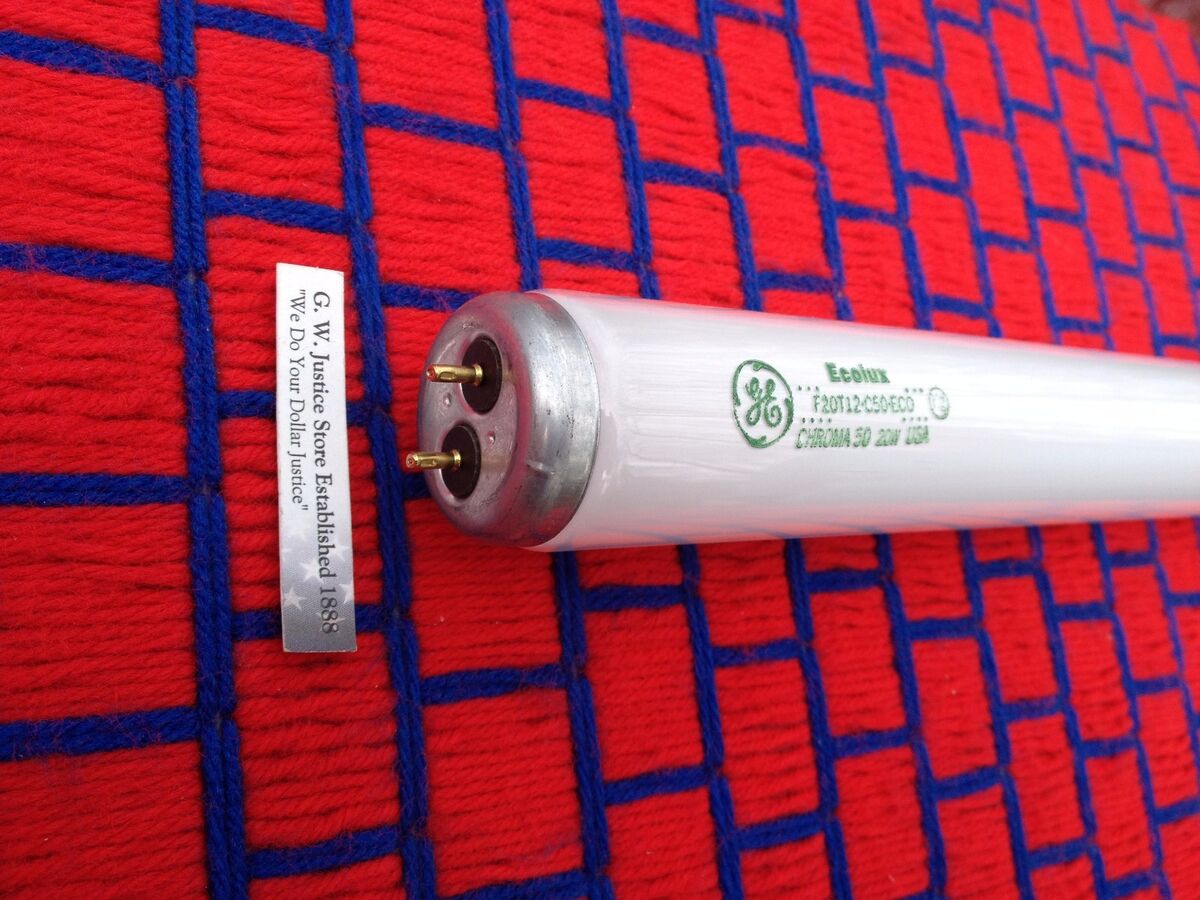
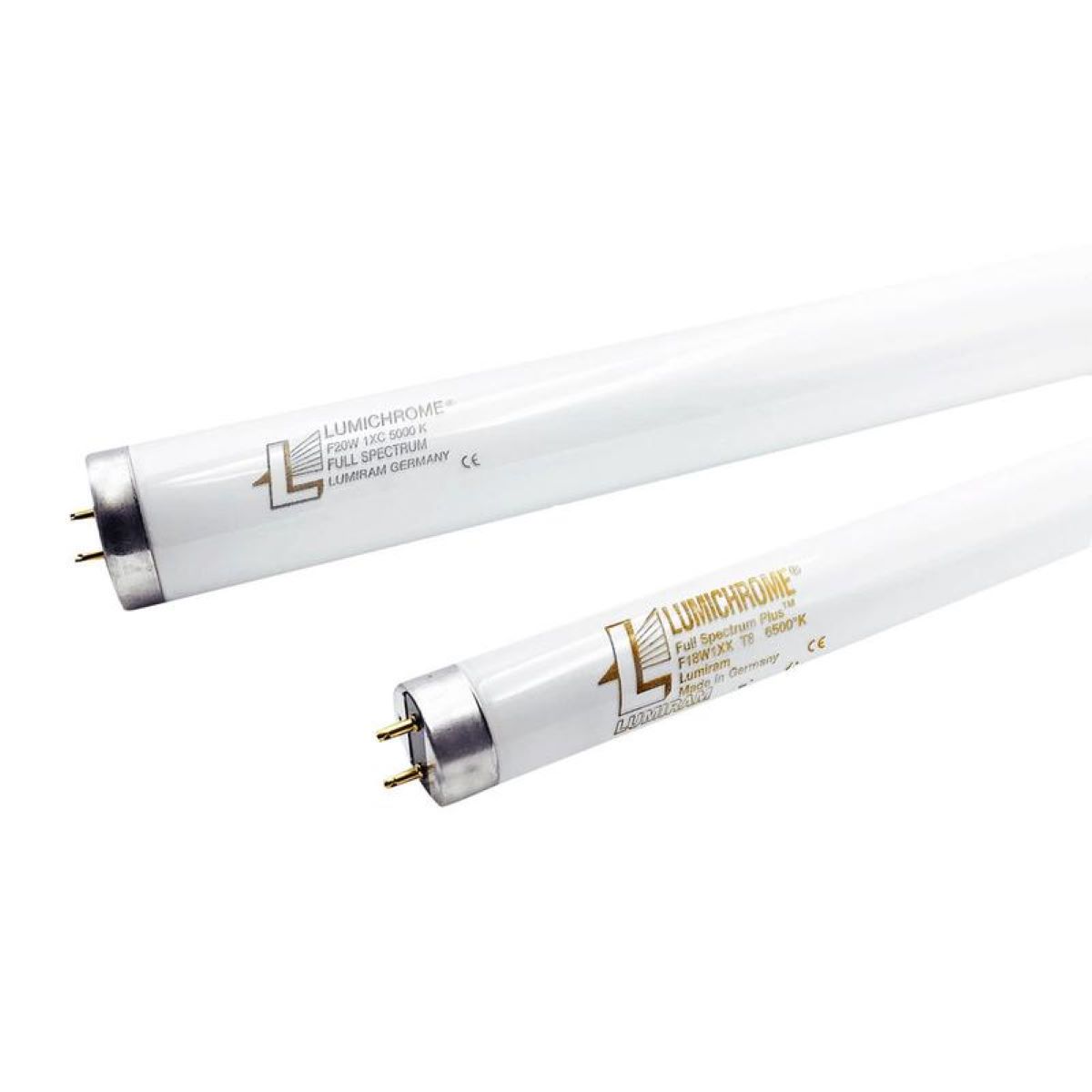
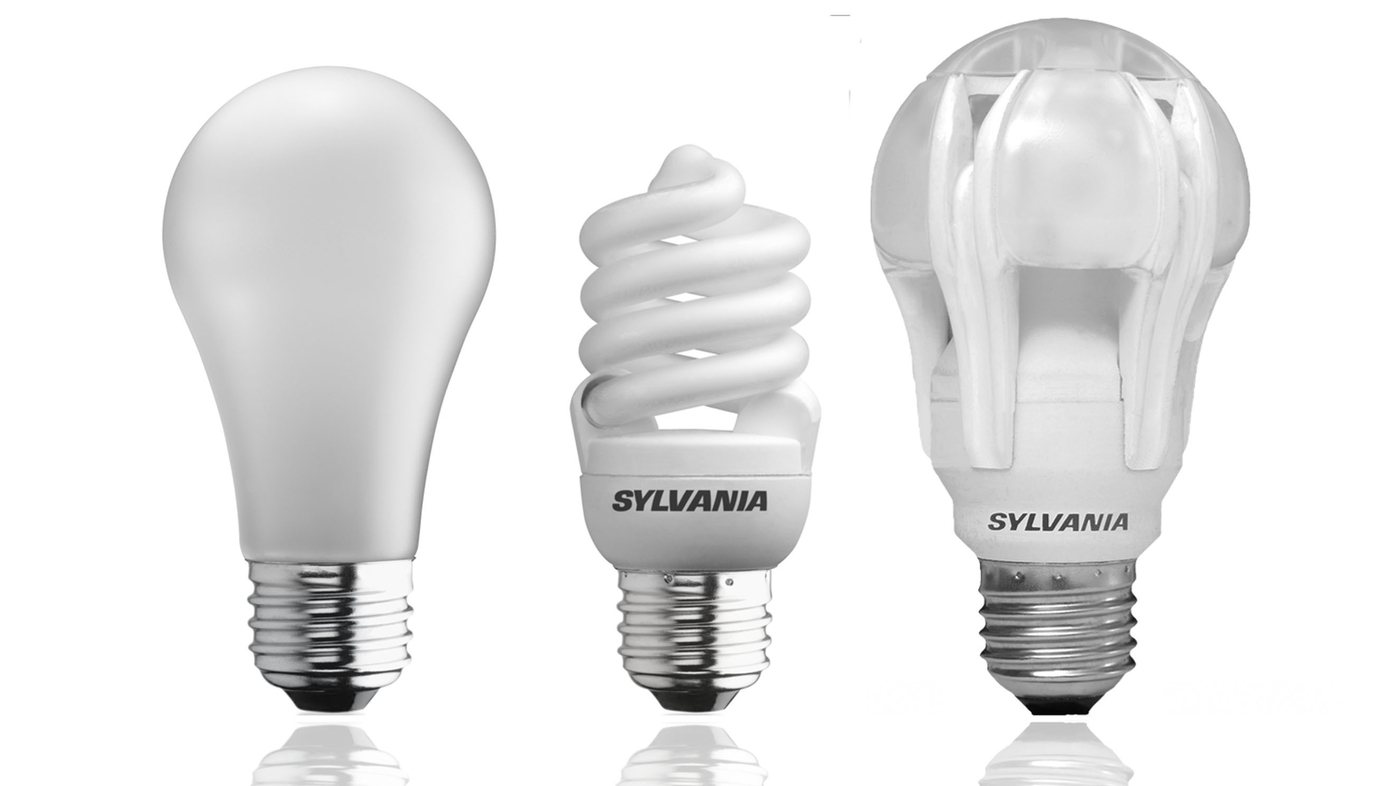
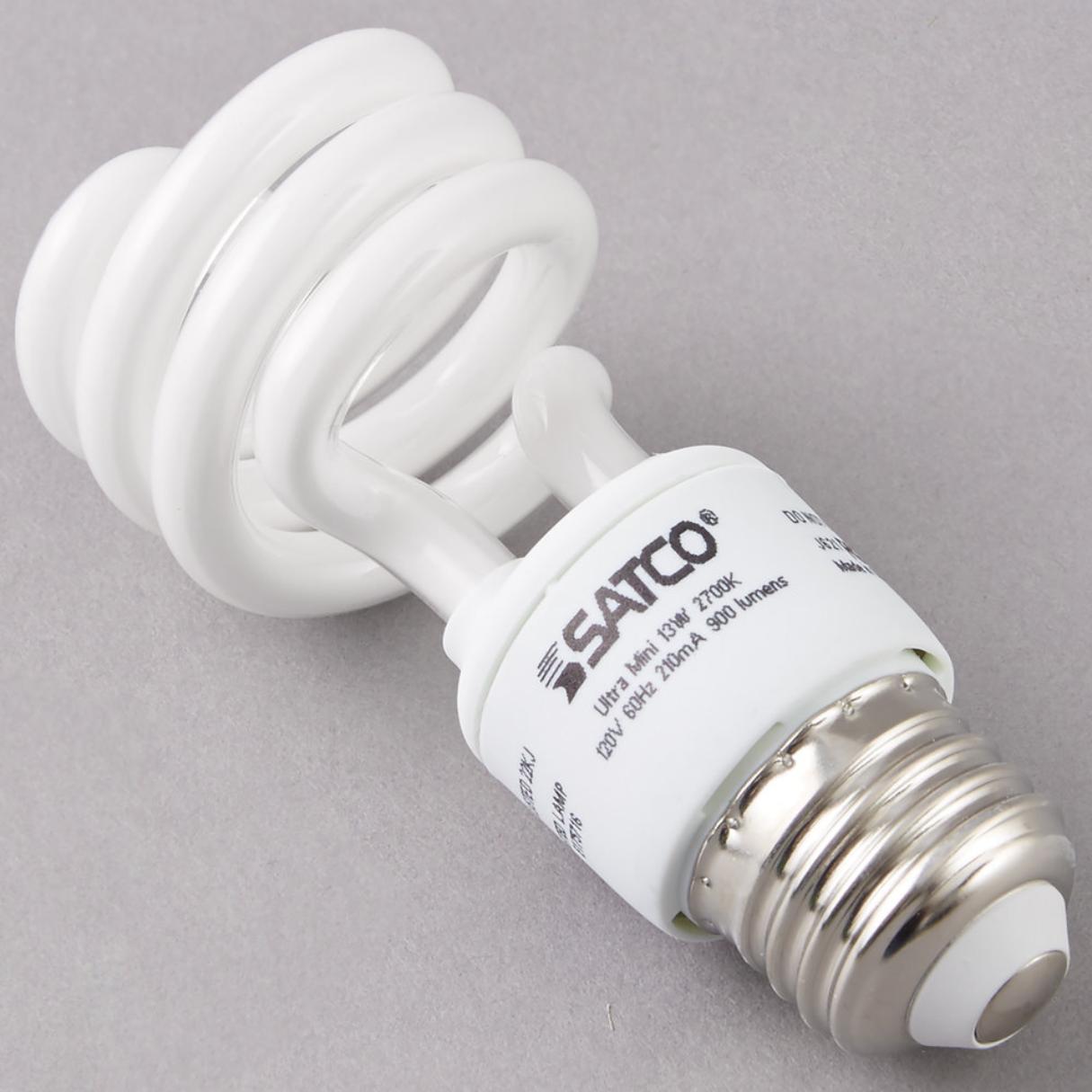
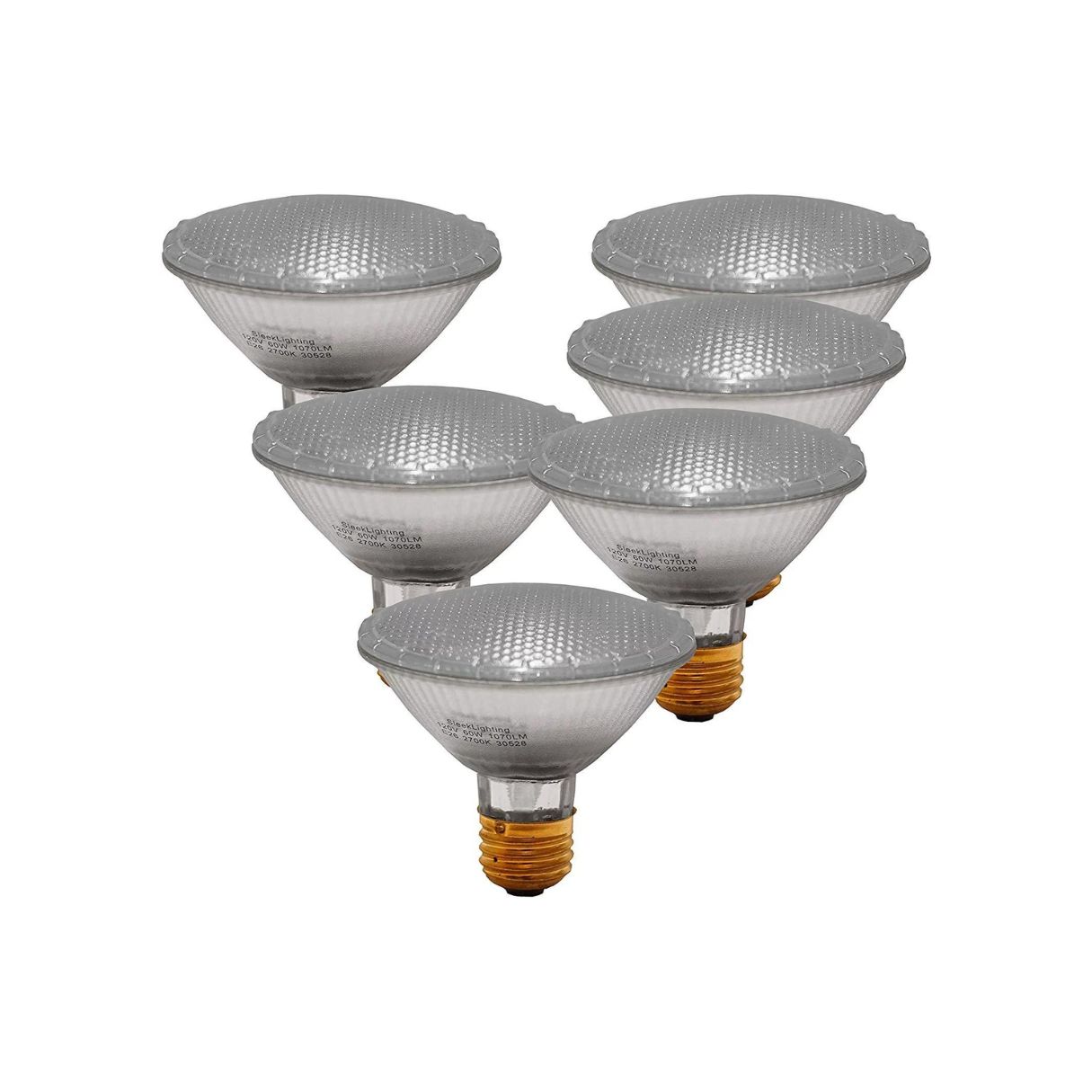
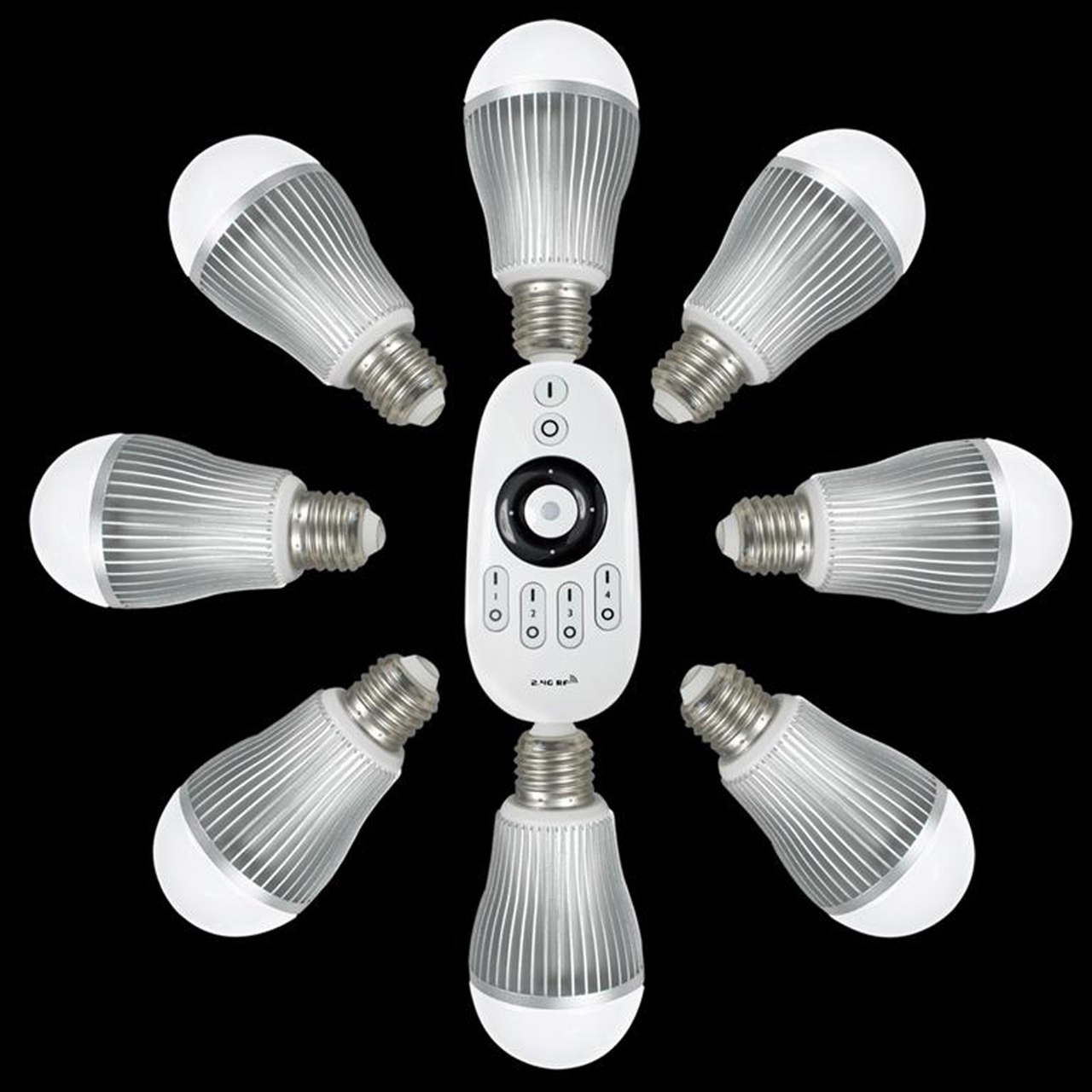
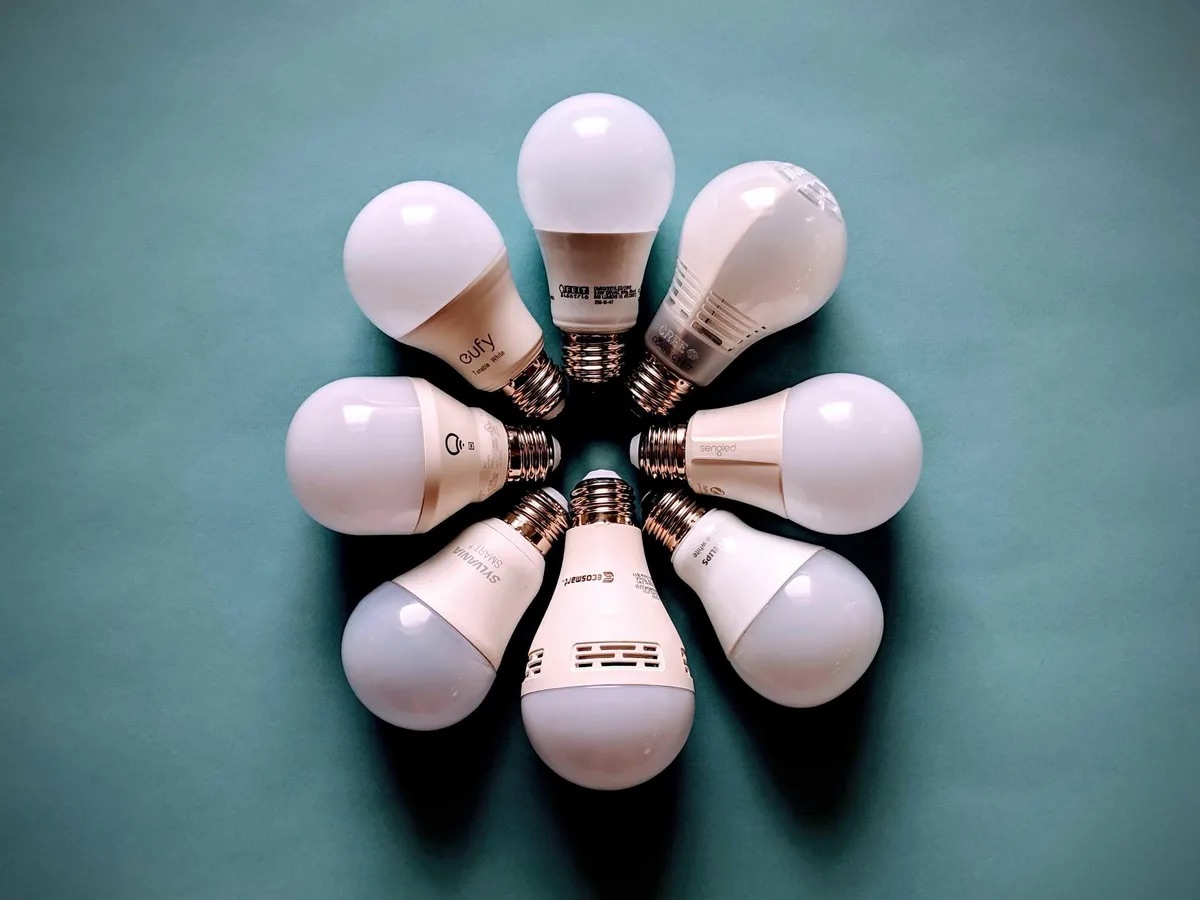
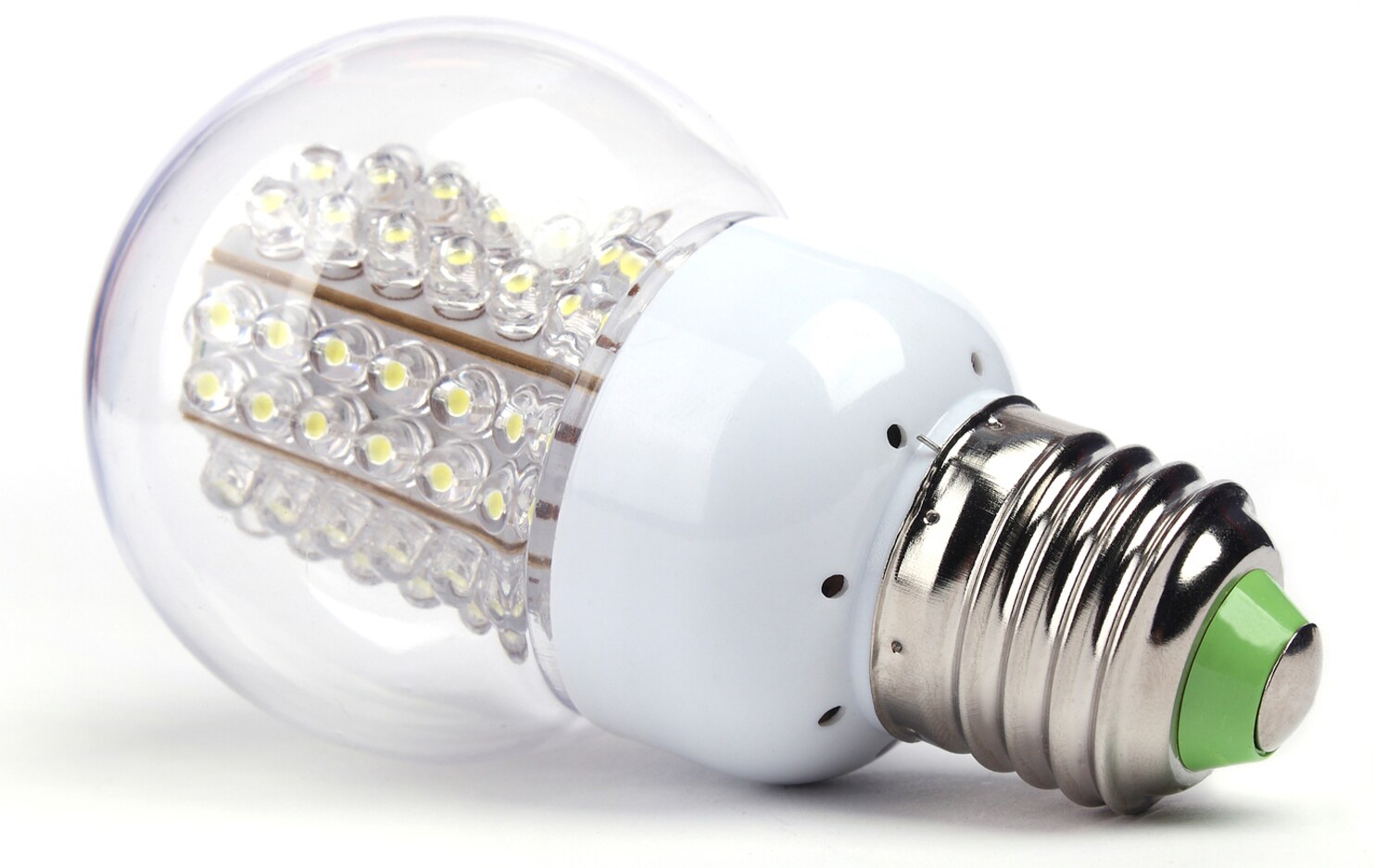

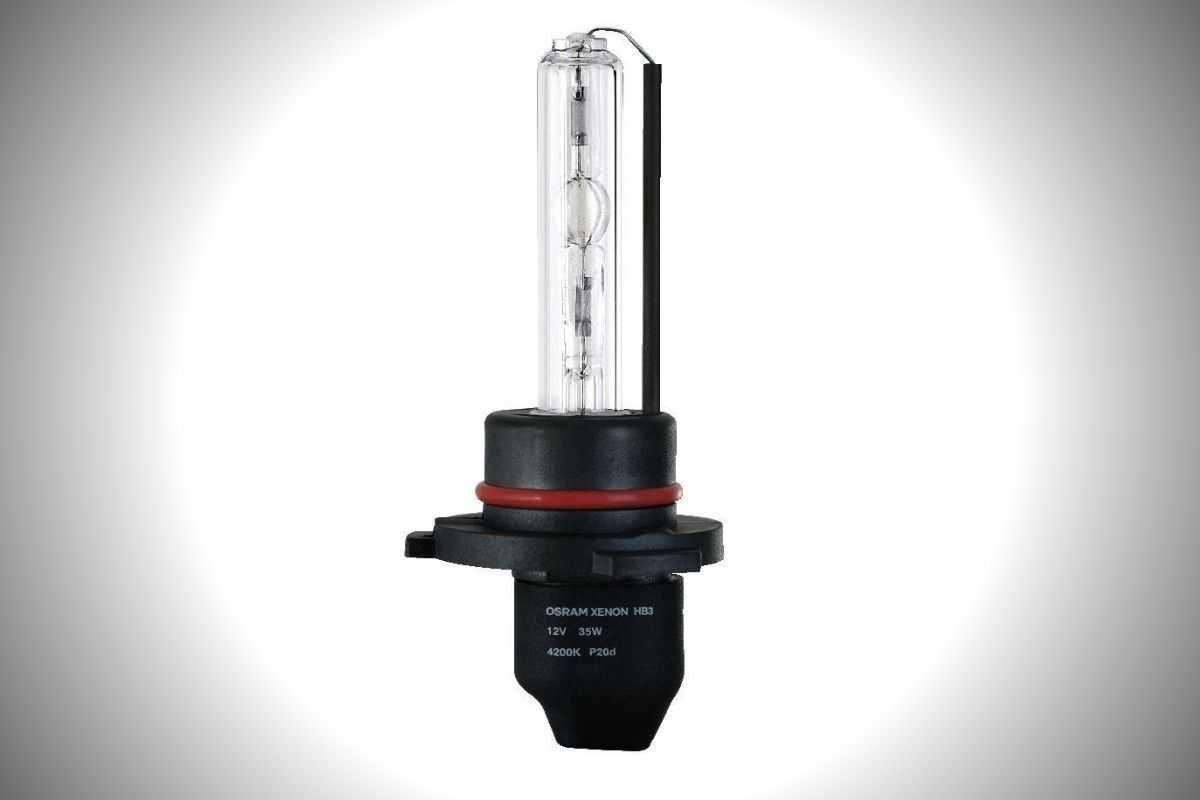
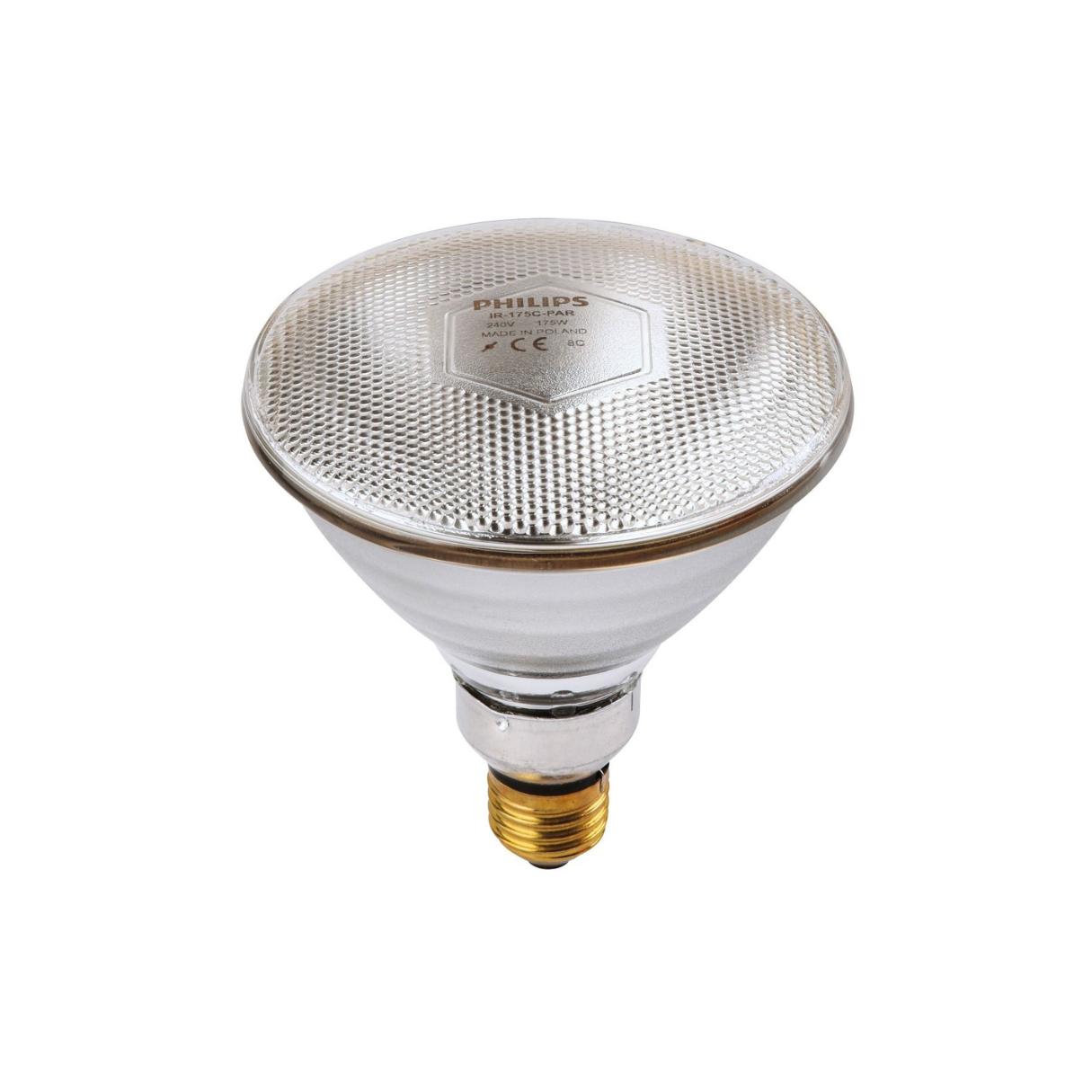



0 thoughts on “What Is A Full Spectrum Light Bulb”